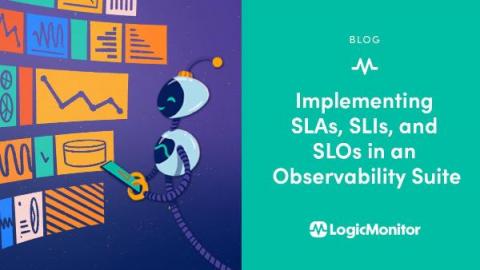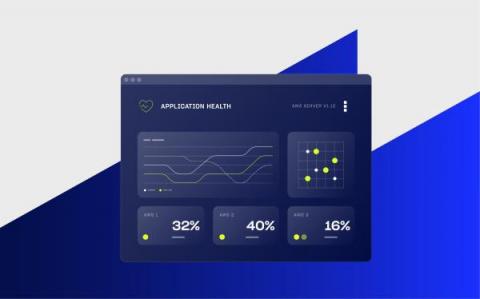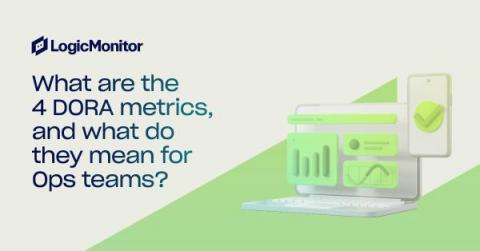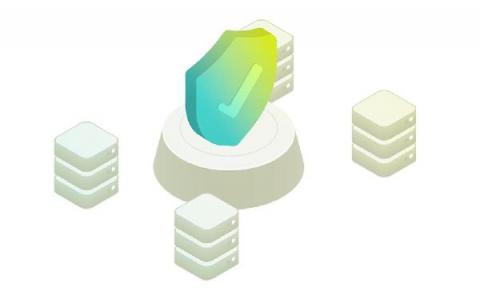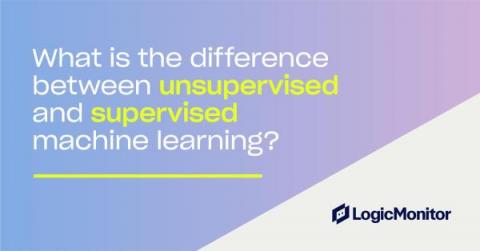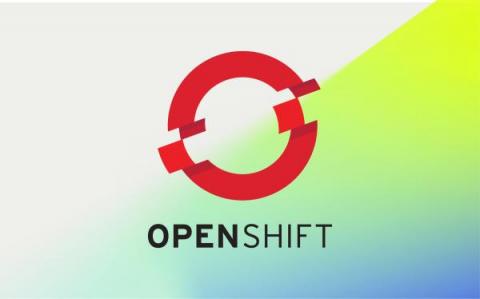What is Azure Stack HCI?
Azure Stack HCI is a virtualized workload solution from Microsoft that allows businesses to run Windows and Linux apps and services in a hybrid on-premise/cloud environment. Built on top of Windows Server, Azure Stack HCI is an example of hyper-converged infrastructure (HCI). This technology virtualizes conventionally hardware-defined systems like storage and networking to create flexible, efficient infrastructure solutions.




